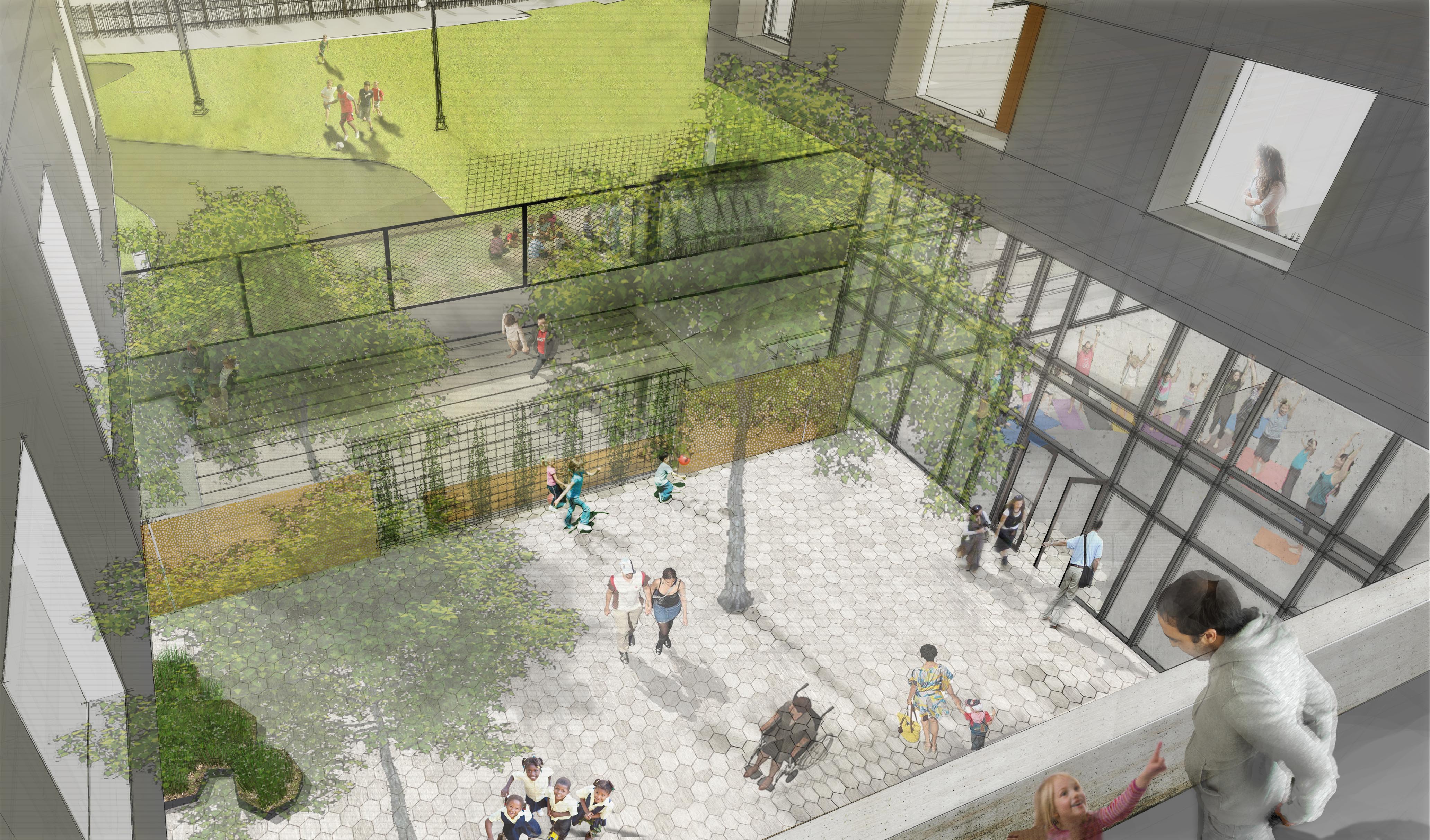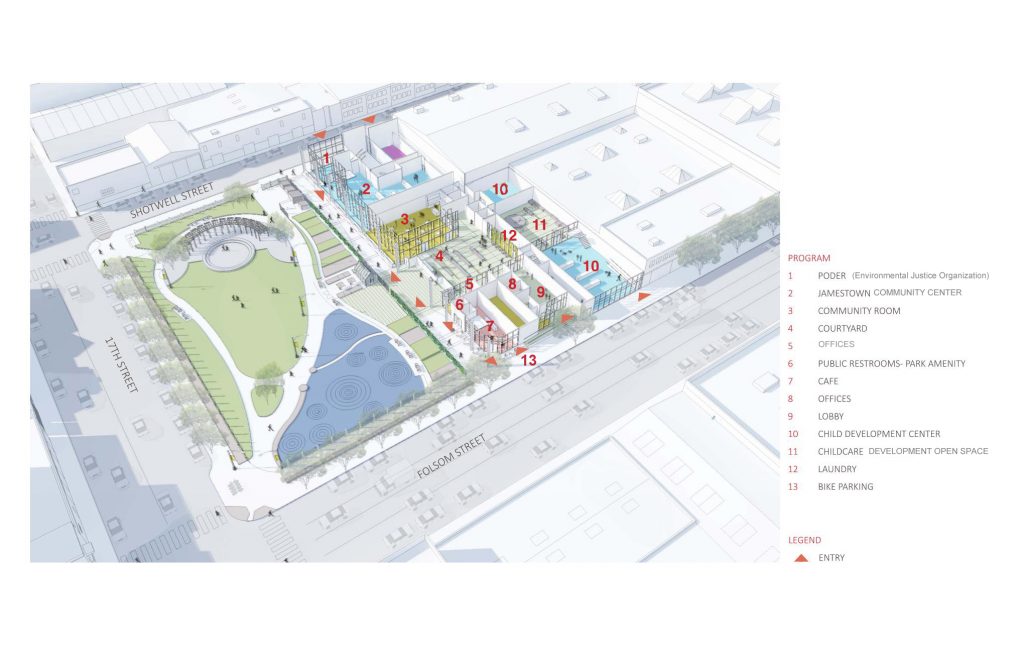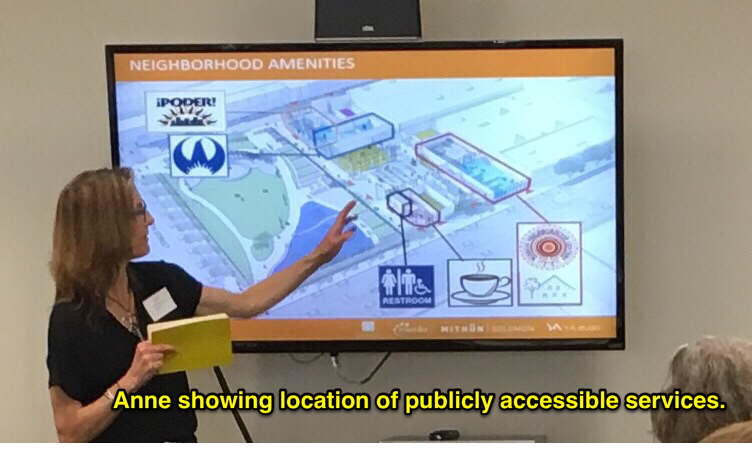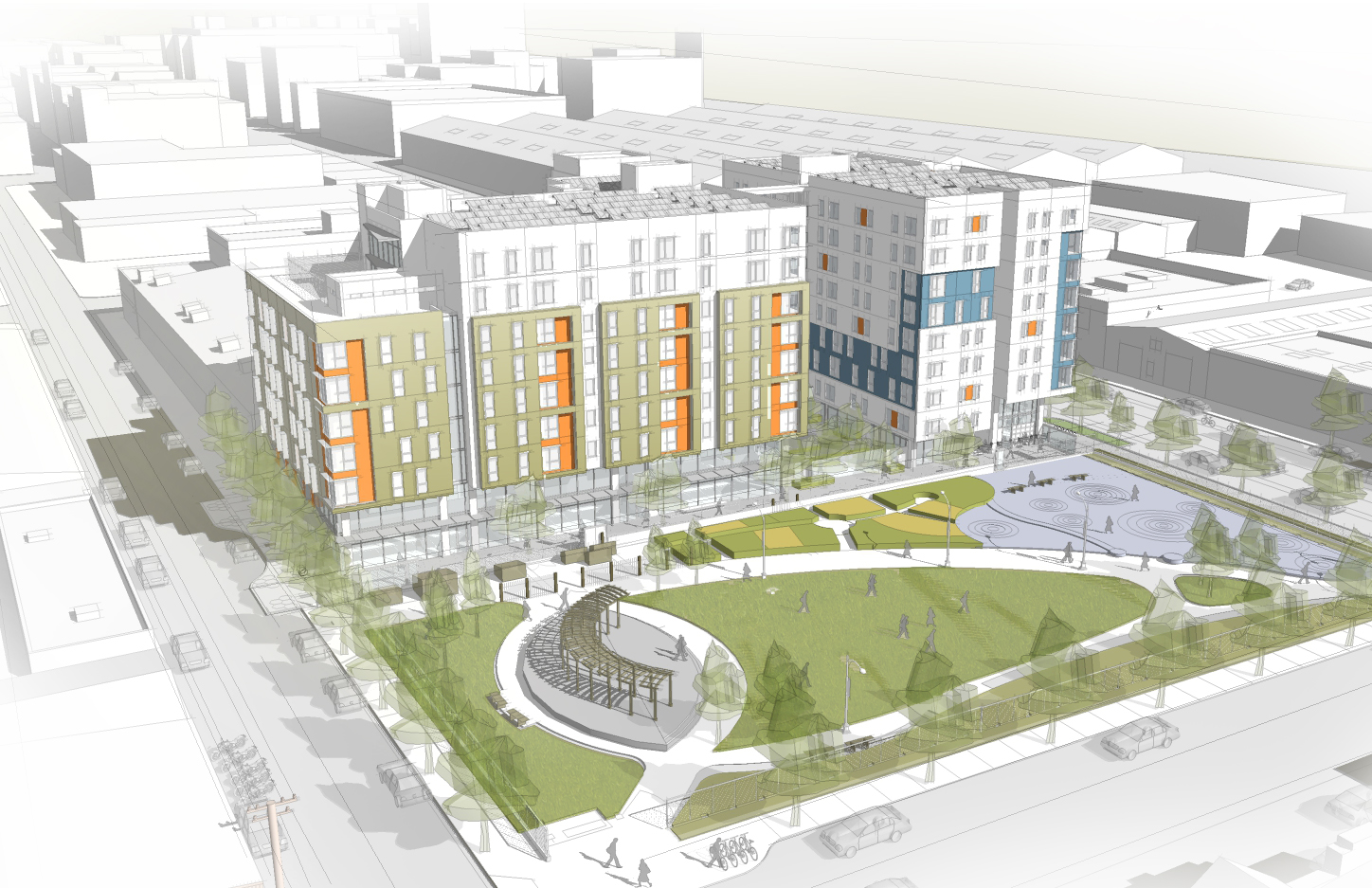Code Green Solutions


As a public health guy working towards health equity, my career has been a continuous journey of peeling back layers to identify the root causes of disparate health outcomes. I started at the cellular and biological level in undergrad, moved to the individual behavioral level in grad school, and have now traveled even further upstream to the community and neighborhood level looking for answers. Growing evidence is showing that health happens in neighborhoods and place matters, with 60% of our health determined by social circumstances, environmental exposure and behavioral patterns.
If place matters, then it is of utmost importance to consider where we live. Safe, high-quality and affordable housing (along with good schools, jobs, transit, and access to health care) is the foundation for a healthy, productive life. But we are living in extraordinary times of affordable housing crises in cities all across the country. The crisis is magnified in San Francisco and the Bay Area, with a limited housing stock and a booming technology sector attracting talent across the nation. Between 2012 to 2016, the average rental price for a one-bedroom apartment has gone from $1,949 to $3,115. In that same timeframe, the percentage of $1 million+ homes in San Francisco skyrocketed by 37.8%, rising to represent 57.4% of the homes in the city.
In light of these circumstances, my story is about hope and highlighting an innovative opportunity to not only provide more affordable housing, but also intentionally promoting health and well-being among low-income families and communities. Through a new partnership between my organization the Build Healthy Places Network and the Green Health Partnership (a partnership between the University of Virginia School of Medicine and the U.S. Green Building Council), I had the opportunity to attend a green charrette meeting hosted by Mithun, a multidisciplinary sustainable design firm.
Mithun has been contracted by local housing developers to design a new affordable housing project in the Mission District, considered by many to be ground zero for gentrification and displacement in San Francisco. A historic immigrant gateway for the Latino community, the Mission District’s vibrant culture, warmer weather, and access to public transportation has made it an attractive destination for new Bay Area transplants working in the technology sector.
The green charrette meeting was attended by housing developers, architects, designers, engineers, HVAC (heating, ventilating, air conditioning) professionals, water systems professionals, and me, a public health practitioner! I have never participated in a green charrette before, but I quickly learned that I was in a room full of the most passionate group of people dedicated to creating the most sustainable, energy efficient, and resilient building. Each team presented their ideas and proposals with respect to function, design and cost. We then moved into green building rating systems and proceeded down a verification process of what standards would be met and what points could be claimed. Afterwards, the meeting adjourned with many questions answered, many questions remaining, but continued energy to move forward with a much-needed affordable housing development for the Mission District community.
You might be wondering, what was my role at the green charrette as a public health guy? Yes, we know that where we live has a significant impact on our health and well-being. But often affordable housing developers and others in the community development sector don’t fully understand the health impact of their work. We have an exciting opportunity with the new LEED Integrative Process for Health Promotion to support affordable housing and other built environment project teams to intentionally include health in the planning and development of their projects. The new pilot health credit guides teams through a systematic consideration of a project’s health impacts and rewards team for prioritizing strategies according to existing health needs. It also allows health outcomes and goals to be considered alongside environmental goals during the charrette process, introducing a hybrid “green health charrette.”
In other words, we want to harness the energy of the green building movement and also focus on the people. We want to apply an equity lens to the amazing work of built environment project teams and include methods to explicitly measure and name the health and well-being improvements the community members and future residents will experience. It’s worth noting that there are projects where these cross-sector efforts are already in place and demonstrating outcomes. In Denver, the Mariposa Healthy Living Initiative guided the redevelopment of a blighted neighborhood in downtown Denver. With a framework illustrating six broad health determinant categories, the Denver Housing Authority has recognized the value of integrating health into development, creating healthier communities of opportunity for its residents. We hope to be able do the same for the Mission District.
As we embark on this journey and pilot the health credit with project teams, I want to outline four key questions I’ll be seeking to help answer through my work on this project:
Stay tuned for more!